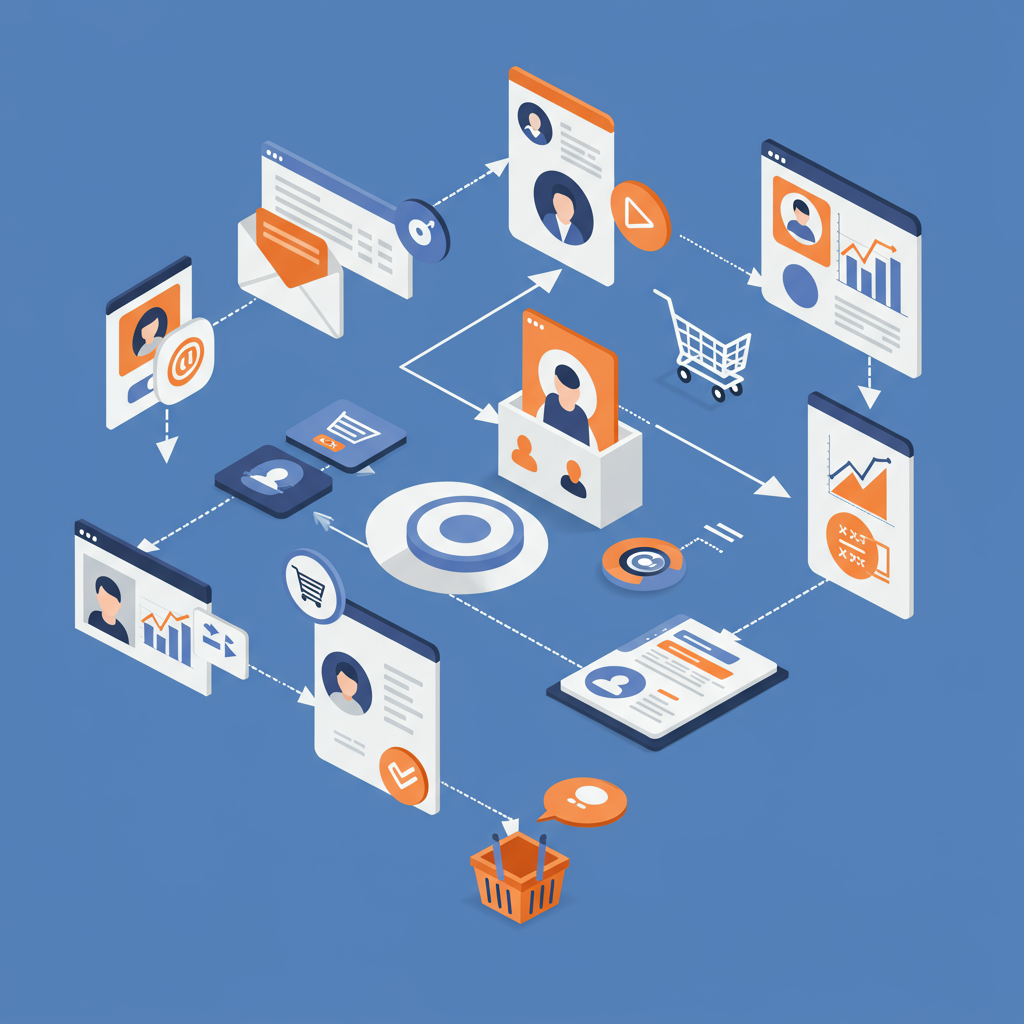Transforming Your E-commerce Store with Smart, Automated Strategies
As a Shopify merchant, you’re constantly juggling a multitude of tasks. From managing inventory and fulfilling orders to creating new products and engaging with customers, your plate is always full.
It’s a demanding role, and finding ways to streamline operations and maximize efficiency is paramount to sustainable growth. This is where marketing automation truly shines.
Today, I want to share with you my insights on implementing marketing automation best practices specifically tailored for your Shopify store. It’s about working smarter, not just harder.
Marketing automation, at its core, involves using software to automate repetitive marketing tasks. Think of it as having a tireless assistant working around the clock for your business.
For Shopify stores, this means automating communications, personalizing customer journeys, and optimizing campaigns without constant manual intervention. It frees up your valuable time.
The benefits are clear: increased efficiency, improved customer retention, higher conversion rates, and ultimately, a healthier bottom line. We’re talking about significant impact here.
One of the first and most crucial areas to automate is your email marketing. It remains one of the most effective channels for direct customer communication.
Let’s start with the welcome series. When a new customer signs up for your newsletter or makes their first purchase, they are highly engaged.
An automated welcome email sequence can introduce your brand, share your story, highlight popular products, and even offer a small discount to encourage a first or repeat purchase.
I typically recommend a series of 2-3 emails spread over a few days. The first is immediate, a warm greeting. The second might share brand values, and the third could be a product showcase.
Next, the abandoned cart recovery sequence is an absolute must-have. Shoppers often add items to their cart but don’t complete the purchase for various reasons.
An automated email (or even SMS) reminder can gently nudge them back. I’ve seen these sequences recover a significant percentage of otherwise lost sales.
Personalization is key here. Remind them exactly what they left behind, perhaps with an image, and make it easy for them to return to their cart with a direct link.
Consider offering a small incentive, like free shipping or a minor discount, in a follow-up email if the first reminder doesn’t convert. But don’t offer it too soon.
Post-purchase automation is equally vital for building customer loyalty and encouraging repeat business. The transaction doesn’t end at checkout.
A series of automated emails can confirm the order, provide shipping updates, ask for product reviews, and even recommend complementary products based on their purchase history.
This shows your customers you care beyond the sale and helps to foster a positive relationship, turning one-time buyers into loyal advocates.
Don’t forget the win-back campaign. Customers sometimes become inactive. An automated sequence can re-engage them.
This might involve a special offer, a reminder of new arrivals, or a simple “we miss you” message. It’s about rekindling that connection.
Beyond email, customer segmentation is a powerful automation tool. Grouping your customers based on their behavior, demographics, or purchase history allows for highly targeted messaging.
You can automate campaigns to specific segments, ensuring your message resonates deeply with each group, leading to higher engagement and conversions.
SMS marketing automation is another channel gaining traction. For time-sensitive offers, shipping updates, or abandoned cart reminders, SMS can be incredibly effective due to its high open rates.
Just be mindful of consent and frequency; nobody likes being spammed. Always ensure you have explicit opt-in from your customers.
Loyalty programs can also be automated. Reward points, birthday discounts, and tiered benefits can all be automatically triggered, encouraging repeat purchases and fostering a sense of appreciation.
Even customer service can benefit from automation. Chatbots can handle common queries, freeing up your support team for more complex issues. Automated FAQ responses are also a great time-saver.
Now, let’s talk about best practices for implementing these automations. First, always prioritize personalization. Generic messages rarely perform well.
Use customer data to tailor your content, product recommendations, and offers. The more relevant your message, the more impactful it will be.
Second, test, test, and test again. A/B test your subject lines, call-to-actions, email content, and timing. Small tweaks can lead to significant improvements.
Third, monitor your analytics diligently. Pay attention to open rates, click-through rates, conversion rates, and unsubscribe rates. These metrics tell you what’s working and what isn’t.
Fourth, don’t over-automate. While automation is powerful, it shouldn’t replace genuine human interaction entirely. Find the right balance.
Fifth, ensure compliance with data privacy regulations like GDPR and CCPA. Always obtain proper consent before collecting and using customer data for marketing purposes.
Finally, always include a clear call-to-action (CTA) in your automated messages. Tell your customers exactly what you want them to do next, whether it’s “Shop Now” or “Leave a Review.”
Implementing marketing automation for your Shopify store is not just a trend; it’s a necessity for staying competitive and scaling efficiently.
It allows you to deliver timely, relevant, and personalized experiences to your customers, building stronger relationships and driving sales around the clock.
I encourage you to start small, perhaps with an abandoned cart sequence, and then gradually expand your automation efforts as you see results.
What do you think about this article? I’d love to hear your thoughts on how marketing automation has impacted your Shopify business, or if you’re just getting started.
By embracing these best practices, you’ll transform your marketing efforts from reactive to proactive, ensuring your Shopify store thrives in the ever-evolving e-commerce landscape.






